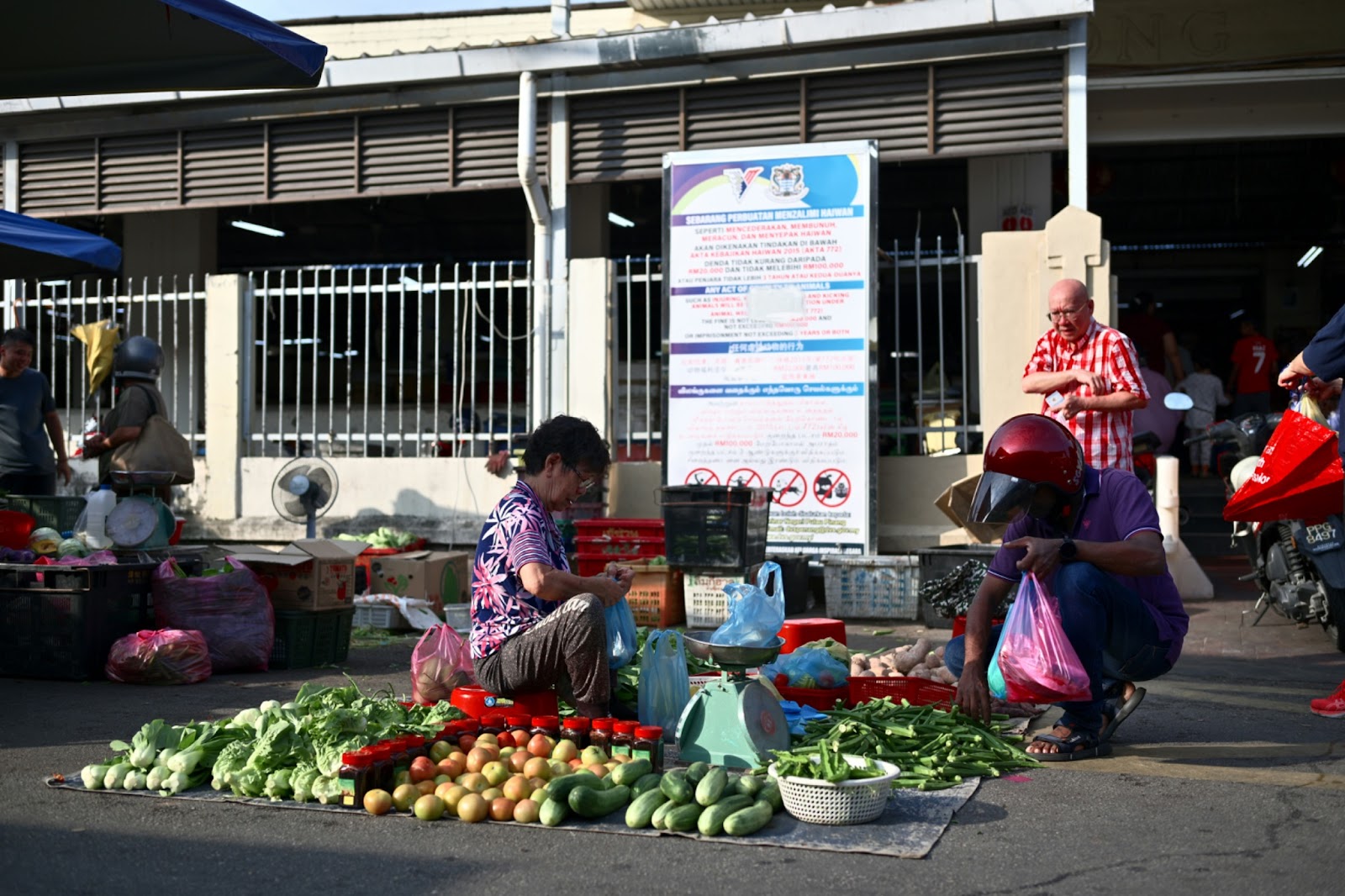
Malaysia’s inflation rate continued to ease in June 2025, rising at a slower annual pace of 1.1%. According to newly released data from the Department of Statistics Malaysia (DOSM), the Consumer Price Index (CPI) for the month stood at 134.5 index points, up from 133.0 points in the corresponding period a year earlier.
The latest figures point to a further moderation in price pressures across the country, continuing a trend that began earlier in the year.
This deceleration in inflation was reinforced by a decline in the Producer Price Index (PPI), with local production registering a notable contraction of 3.6% in May 2025. The decline in producer prices typically signals a cooling off of upstream costs, which often leads to subdued consumer price growth in the following months.
A closer look at CPI components reveals that the Food & Beverages category which comprises the largest share of the CPI basket at 29.8%, rose by 2.1% year-on-year in June, mirroring the same rate recorded in May. Within this category, there was a distinct contrast in the price trajectories of food consumed at home versus food consumed away from home.
Prices for dining out, captured under the food away from home subgroup, increased by 4.7% in June, showing a slight acceleration from 4.4% in the previous month. In contrast, the food at home subgroup recorded a price decline of 0.4%, which helped offset some of the upward pressure from other components within the group.
Beyond food prices, several other expenditure categories recorded year-on-year increases in line with the previous month, indicating stability in certain consumer spending areas. The Education group rose by 2.2%, while Housing, Water, Electricity, Gas & Other Fuels recorded an increase of 1.7%.
Similarly, Insurance & Financial Services rose by 1.5%, and the Alcoholic Beverages & Tobacco category saw a modest rise of 0.6%, all maintaining the same rate of increase as in May 2025.
Other major components of the CPI exhibited slower growth compared to earlier months. Restaurant & Accommodation Services rose by 2.8% in June, while Recreation, Sport & Culture increased by 0.8%. Transport-related costs, often a volatile element in the CPI, grew by just 0.3%, and Furnishings, Household Equipment & Routine Household Maintenance saw an even more subdued rise of 0.1%. These lower figures further underline the overall deceleration in price growth across most categories.
At the state level, inflation remained uneven across the country. Ten states posted year-on-year inflation rates below the national average of 1.1%. Kelantan recorded the smallest increase, with inflation rising by only 0.2% in June, suggesting particularly weak price pressures in that region.
On the other hand, five states experienced inflation above the national average: Negeri Sembilan and Selangor both recorded increases of 1.6%, followed by Johor at 1.5%, Melaka at 1.3%, and the Federal Territory of Kuala Lumpur at 1.2%. These regional disparities highlight the varying impact of inflationary forces across different parts of the country.
On a month-to-month basis, headline inflation in June rose marginally by 0.1% compared to May. The primary driver of this modest increase was the Personal Care, Social Protection & Miscellaneous Goods & Services category, which climbed by 0.4%. Meanwhile, Food & Beverages, Transport, and Education all recorded monthly increases of 0.2%. Additional upward movements were observed in Recreation, Sport & Culture and Restaurant & Accommodation Services, both of which increased by 0.1% from the previous month. The moderate month-on-month changes suggest a relatively stable price environment with minimal short-term volatility.
Core inflation, which excludes volatile items such as food and fuel and serves as a more stable measure of underlying price trends, remained unchanged at 1.8% in June. The persistence of this figure, matching the rate recorded in May, reflects sustained, though moderate, inflationary pressure in essential categories.
Personal Care, Social Protection & Miscellaneous Goods & Services led core inflation with a significant increase of 4.2%. Food & Beverages followed at 3.8%, while Restaurant & Accommodation Services increased by 2.8%. Transport costs rose by 2.3% and Education by 2.2%, demonstrating that even with a cooling overall inflation rate, certain core categories continue to exhibit notable price growth.
On the international front, Malaysia’s inflation rate compares favorably with that of several other Asian economies. With an annual rate of 1.1%, Malaysia recorded lower inflation than Vietnam (3.6%), South Korea (2.2%), Indonesia (1.9%), and the Philippines (1.4%). However, it remained above China’s nearly flat rate of 0.1% and Thailand’s negative inflation figure of -0.3%. These comparisons place Malaysia on the lower end of the regional inflation spectrum, suggesting a relatively well-managed domestic price environment in the context of broader regional economic conditions.
Shahriena Shukri is a journalist covering business and economic news in Malaysia, providing insights on market trends, corporate developments, and financial policies. More about Shahriena Shukri.




